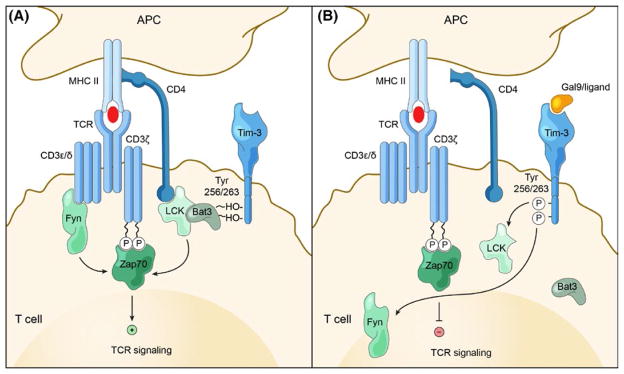Over the past decade, the prevalence of asthma that is allergic has been increasing steadily in the western world, affecting over 300 million people across the globe at present.
It is a widespread chronic lung disease caused by eosinophilic airway inflammation as well as airway hyperreactivity, and airway obstruction that is reversible.
Tim-3 is one of the members of the immunoglobulin of T cells as well as the mucin-domain-containing (Tim) gene family (Tim-1-8) and of which Tim-1, Tim-3, and Tim-4 are conserved in humans. You can know more about Tim 3 antibody via www.bosterbio.com/anti-tim-3-picoband-trade-antibody-a00657-1-boster.html.

Image Source: Google
Based on the initial definition of Tim-3 as transmembrane proteins, which are predominantly found by CD4+ T1 cells that are Th1's effector cells, but not Th2 cells, it is well-known for its function as a crucial inhibitory molecular checkpoint.
Tim-3 plays a part in the production of proinflammatory cytokine and it is typically expressed on immune cells that are innate-like macrophages, dendritic cells (DC), as well as natural killer (NK), cells monocytes, mast cells, and monocytes.
The diverse nature of the Tim-3 phenotype in both the innate and adaptive immune system in both human and murine models to date we examined Tim-3-mice that were /- in our well-known mice model that simulates allergic lung disease as well as respiratory tolerance.
Local and systemic sensitization of Tim-3 mice to the allergen model OVA led to the creation of an allergic-type.